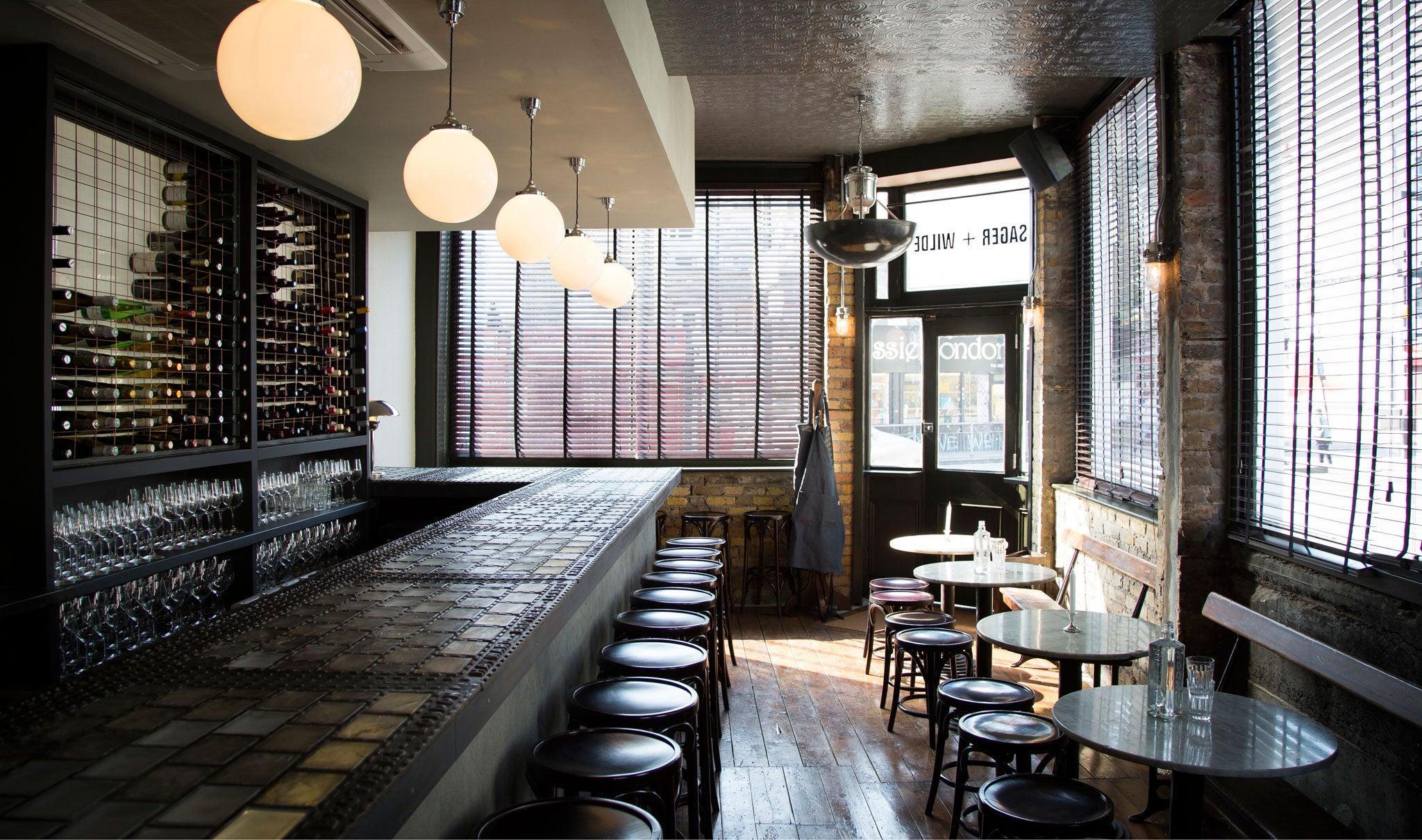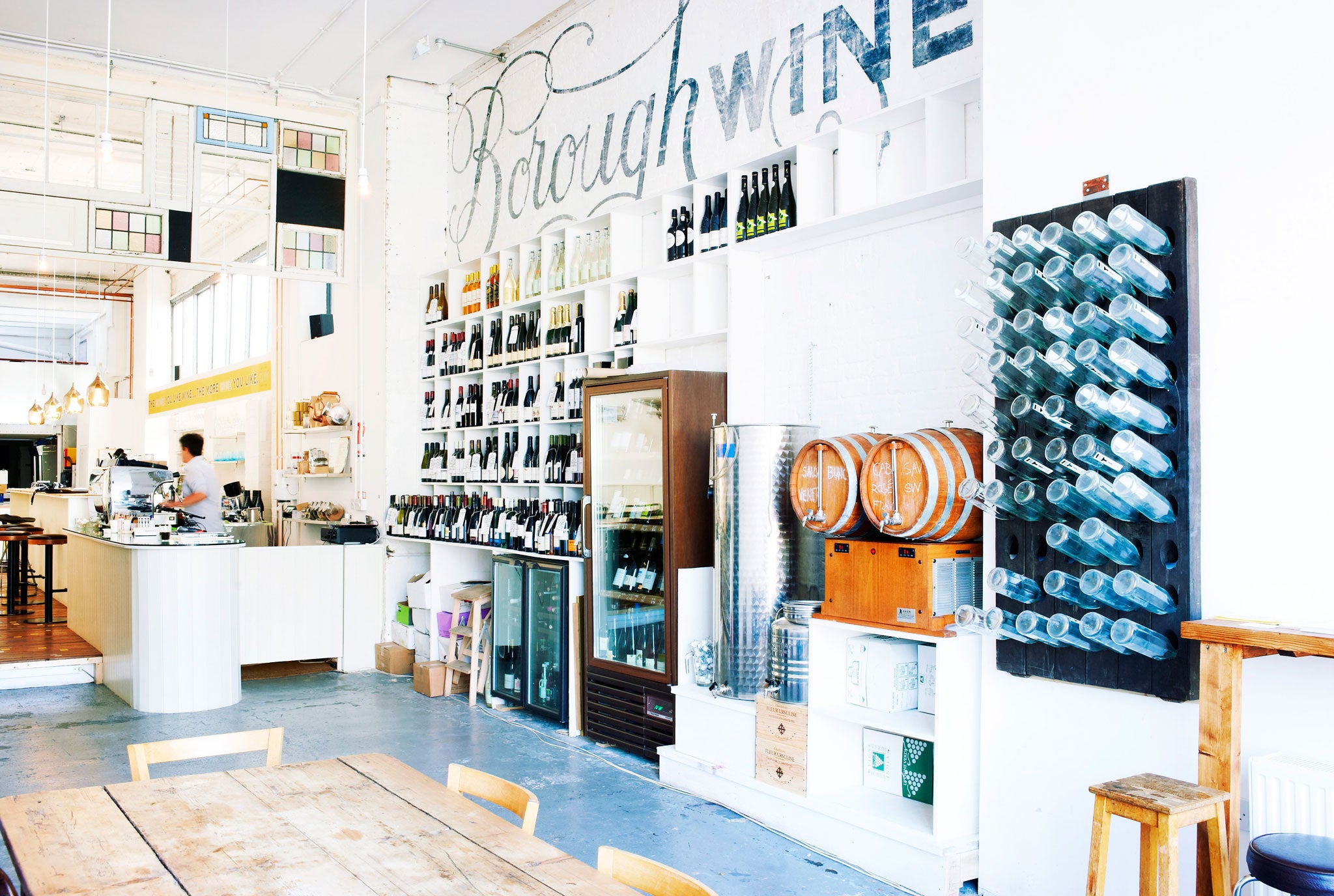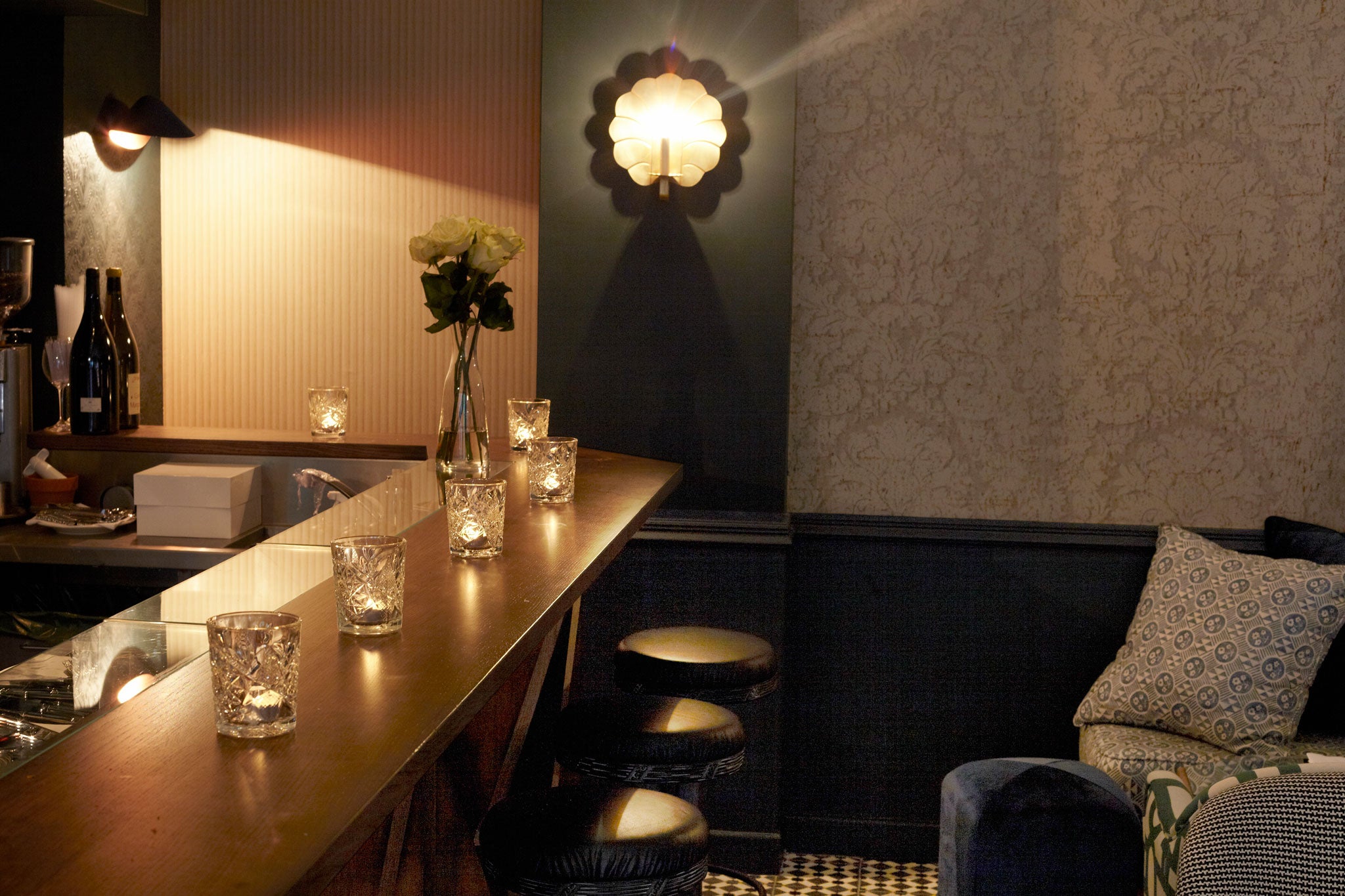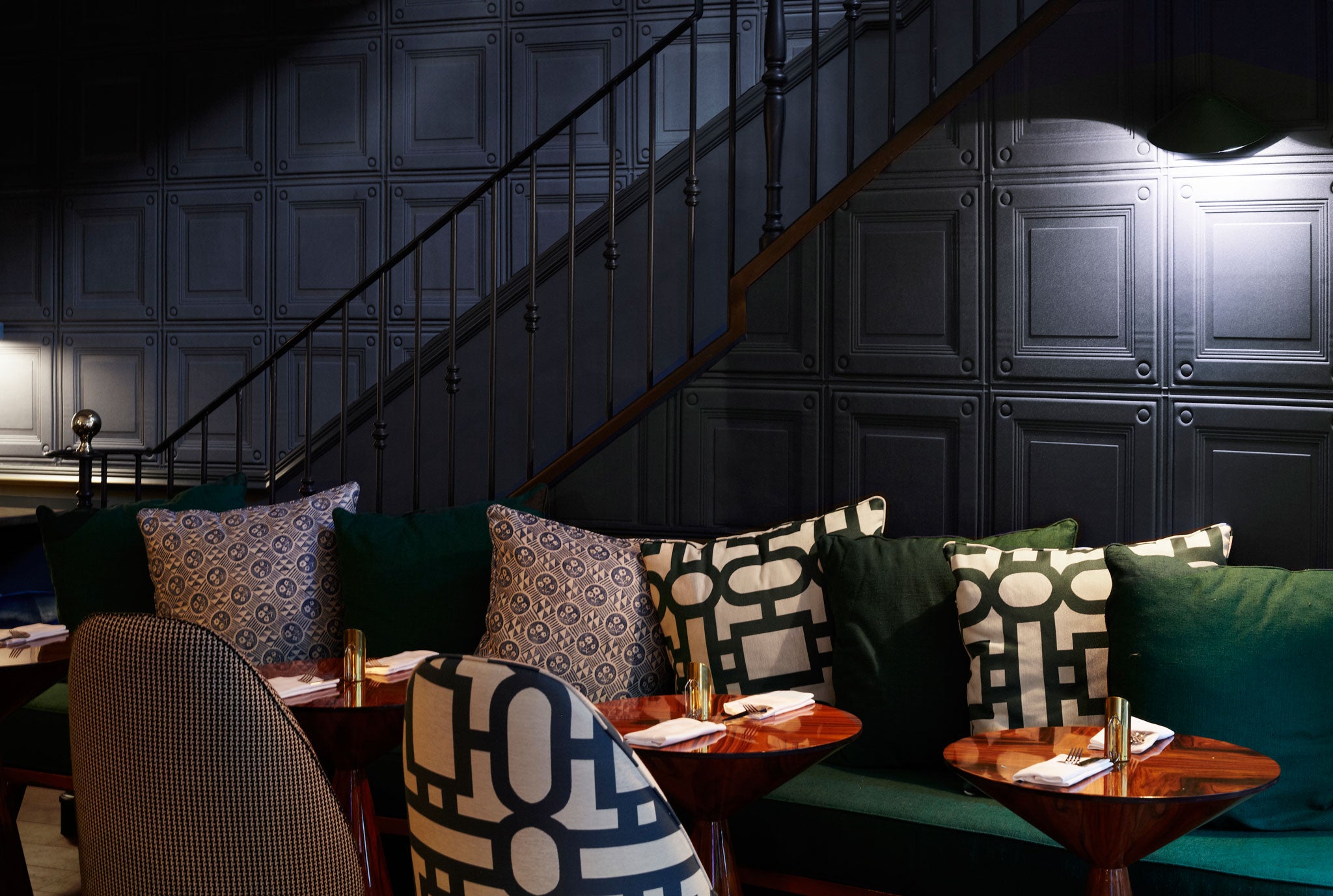How the wine bar finally got cool again: No Sade, no Moondance, no shoulderpads...
Wine bars used to occupy the same cultural space as the Ford Capri and the tie-clip. But trendy establishments have begun to proliferate like Starbucks, says Samuel Muston

Your support helps us to tell the story
From reproductive rights to climate change to Big Tech, The Independent is on the ground when the story is developing. Whether it's investigating the financials of Elon Musk's pro-Trump PAC or producing our latest documentary, 'The A Word', which shines a light on the American women fighting for reproductive rights, we know how important it is to parse out the facts from the messaging.
At such a critical moment in US history, we need reporters on the ground. Your donation allows us to keep sending journalists to speak to both sides of the story.
The Independent is trusted by Americans across the entire political spectrum. And unlike many other quality news outlets, we choose not to lock Americans out of our reporting and analysis with paywalls. We believe quality journalism should be available to everyone, paid for by those who can afford it.
Your support makes all the difference.It is 7.30pm on a Thursday and the stream of people flowing into Sager and Wilde, a small, pub-like wine bar in east London, is threatening to become a deluge. In they come, old and young, men in suits, women toting bike helmets, 20-year-olds with generous moustaches and skinny jeans.
Next to me at a bar made from reclaimed manhole covers, a woman wearing creepers is ordering a glass of 38-year-old Lamé Delisle Boucard, usually sold only by the bottle, while picking at a plate of salame Veneto. The atmosphere is informal, the staff wear their knowledge lightly; the aesthetic owes a lot to Brooklyn.
Wine bars, it seems, are not what they used to be. Not so long ago, they occupied the same cultural space as the Ford Capri and the tie-clip. They were old hat; only to be visited for Del Boy-inspired irony or if you wanted to drop £300 on a bottle of Château Palmer 1996. That's all changed.
We are now in the second wave of the wine bar. New, trendy establishments have begun to proliferate like Starbucks. Head to 10 Green Bottles in Brighton and you will find a bar-cum-shop serving some top-flight wines in the most affable of atmospheres.

Compagnie des Vins Surnaturels (Supernatural Wine Company or CVS), which opened to swooning reviews at the end of last year, is known for its list of hard-to-source bottles . While another London addition, L'Entrepot, may be housed in a cavernous warehouse in Hackney, but is seldom ever anything but full. Elsewhere, Wine & Wallop, a wine bar and shop, is due to open in south Manchester soon.
So, what is different? What makes them stand out from the older, more august institutions? For a start, they seem to be run by women (the head sommelier at CVS and the owner of L'Entrepot are both women). As Charlotte Wilde, who runs Sager and Wilde with her husband Michael and three female staff says, some of the best palates in the business today belong to women. "The trendsetters at the moment are people like Paisley Kennett at Trullo, or Emily Harman at the Zetter in Clerkenwell, and that is a departure and has an effect on which wines are chosen and served. Women tend to be a little more relaxed."

Certainly, in the old days, if you ordered a bottle of Riesling, you could expect a lengthy lecture from the waiter about the majesty of the grapes. Now the focus is less on heavy-handed education and more on satisfaction. "We don't put any tasting notes on the menu, so if people want to know something they can ask their sommelier – we don't force it on people," says Julia Oudill, head sommelier at CVS. Charlotte Wilde puts it another way: "It's just a bottle of wine – do you really need to pour it with a starched white cloth?"
The lack of pomposity extends to the customers, too. On my visit to CVS, people were chatting to the bar staff, clearly engaged by the list, which changes weekly, and asking questions about grapes and producers. Willy-waving was at a minimum; there was no evidence of the bankers' scourge – ordering top-end wines very loudly. "The average customer is now a lot younger and as likely as not female," says Michael Sager. "What's happening with wine is what happened with cocktails in the late 1990s. A few bars have started doing things differently, which gives the customer higher expectations, which they then carry with them to the next bar," he says.

Part of the change can also be seen in the food. Rather than being an after-thought, these days it is on a par with the wine, says Corinna Pyke of L'Entrepot. "We aim to be the equivalent of the neighbourhood pub, a place for everyone to go. So we keep prices low and serve small-plate food. We want to be accessible," she says. What that means in practice is you can have things like steak tartare for a little over a tenner.
What really marks these places out is not what is on the plate, though, but what they sell by the glass. Traditionally, the biggest margin a bar makes is on wine by the glass. Quite often the sale of one glass covers the cost of buying the whole bottle. For wine-obsessives such as Michael Sager, that type of business model is sacrilege. "I can read a list in some places and know the owners have put a wine on there to just make loads of money. I don't like that. What we do is add a flat £20 to any and every bottle we sell. We make a lot less money that way. But it means people try good wines and to me that is important. We are in the business of making people happy," he says.
Certainly, as I get ready to leave a packed-out Sager and Wilde and two people rush towards the stool I am sitting on, it occurs to me that he is making a lot of people very happy indeed.
Join our commenting forum
Join thought-provoking conversations, follow other Independent readers and see their replies
Comments